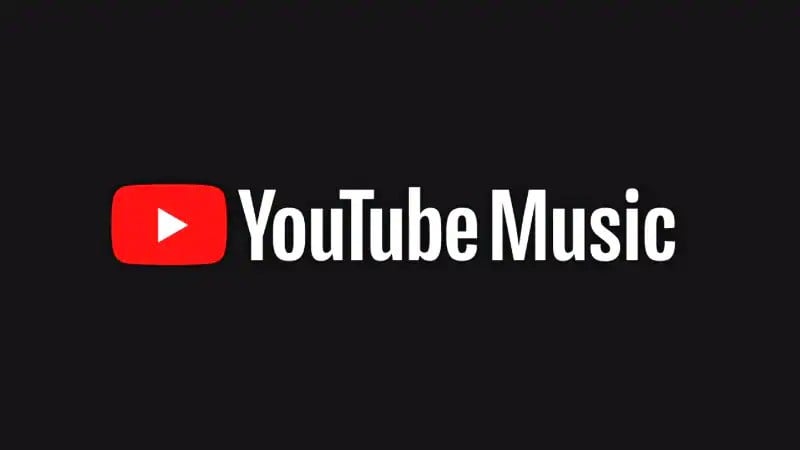YouTube celebrated a major milestone on Wednesday, announcing that more than 20 billion videos have been uploaded to the platform since its launch two decades ago.
What began as a modest startup has grown into a global digital giant, now rivaling traditional U.S. cable television in paid viewership and influence.
Founded in 2005 by former PayPal employees Steve Chen, Chad Hurley, and Jawed Karim, YouTube was born out of a casual dinner party idea. The domain YouTube.com went live on Valentine’s Day, with video uploads kicking off on April 23, when Karim posted the platform’s first-ever video, Me at the Zoo. The 19-second clip—featuring Karim at the San Diego Zoo—has since garnered over 348 million views.
In the years since, YouTube has far exceeded expectations. Today, it sees an average of 20 million videos uploaded every day, covering everything from political ads and tutorials to podcasts and live concerts.
Ross Benes, an analyst at eMarketer, noted YouTube’s dramatic evolution: “Twenty years ago, the idea that a platform full of parody videos would one day rival Disney or CBS was unimaginable. But that’s exactly what they’ve done.”
According to Statista, YouTube attracted over 2.5 billion global viewers last year and reached 100 million subscribers across its Premium and Music services. Analysts now predict it could surpass all U.S. cable TV providers in paid subscriptions within two years.
Google’s acquisition of YouTube in 2006 for $1.65 billion in stock was a pivotal moment. The tech giant integrated its powerful search and advertising tools, laying the foundation for YouTube’s revenue-sharing model that supports creators and encourages growth.
Over time, YouTube also tackled key challenges, including copyright issues and the moderation of inappropriate content—especially material inadvertently recommended to children. Through partnerships with studios, improved technology, and stricter content guidelines, YouTube has worked to address those concerns while continuing its rapid expansion.










